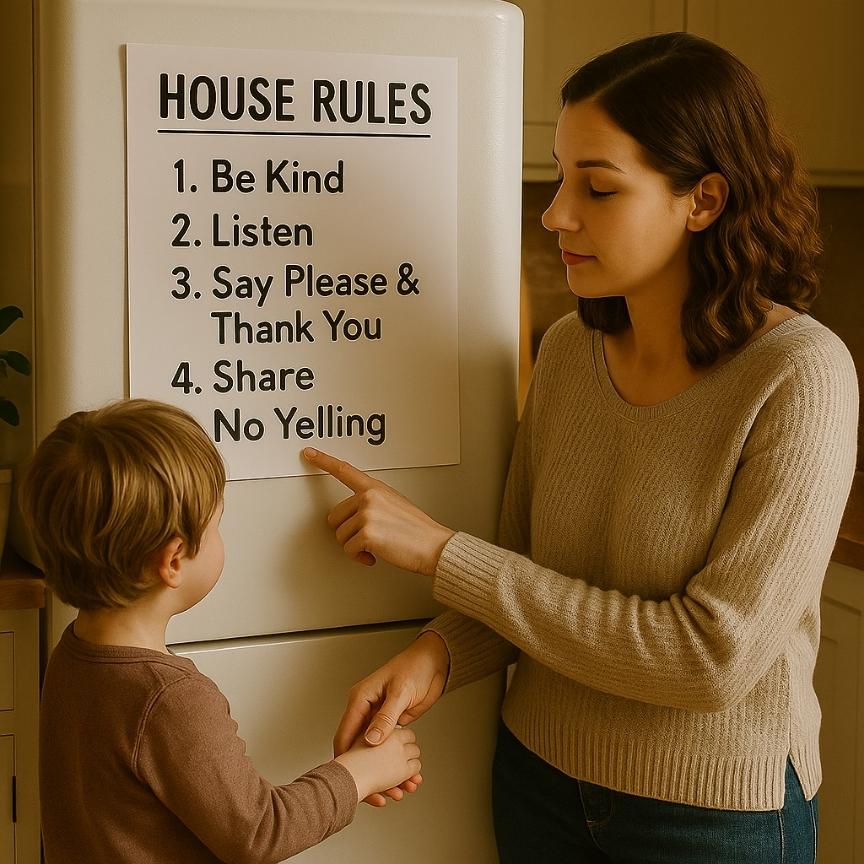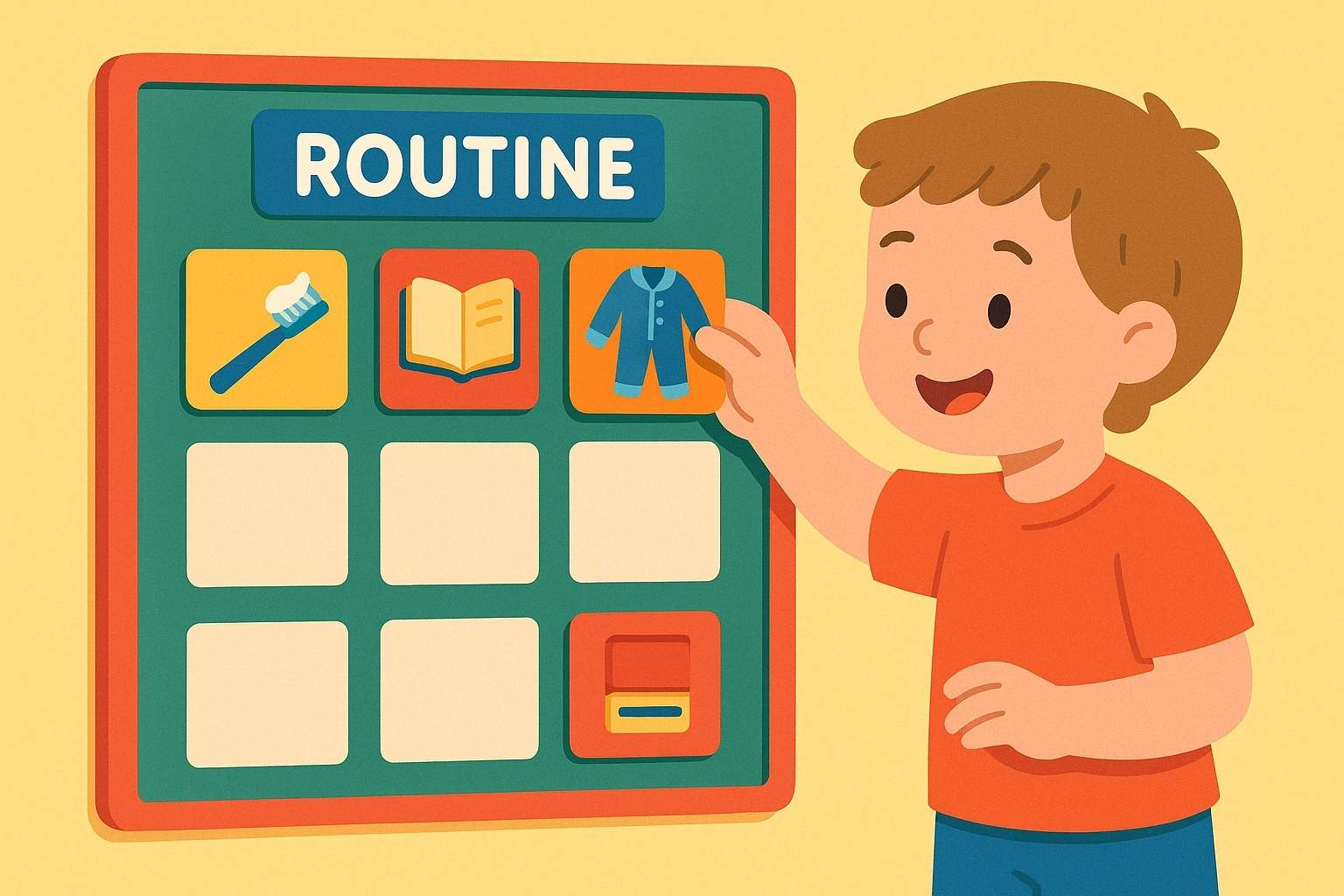Introduction
Every parent eventually meets the same brick wall: a bright-eyed six-year-old who suddenly decides “no” is the most thrilling word in the language. Power struggles at bedtime, ignored instructions during homework, and dramatic playground standoffs can leave even the most patient adult feeling frazzled. The good news is that most of this push-back is developmentally normal—yet that hardly makes the daily tug-of-war easier. This guide walks you through respectful, research-backed discipline strategies that fit a six-year-old’s growing independence while preserving your sanity and strengthening your bond.
Understand the Developmental Stage
At six, children hover between early-childhood innocence and the budding autonomy of the “big-kid” years. Their brains are firing new connections in the prefrontal cortex, which fuels boundary-testing and lightning-quick mood shifts. What looks like outright defiance often masks curiosity: Can I pour cereal by myself? Can I bend this rule without breaking it? Distinguishing exploration from deliberate disobedience keeps your expectations realistic.
Equally important is recognizing that attention spans are still fragile. A six-year-old can focus for roughly 10–15 minutes on a single task, so repeated reminders sometimes reflect cognitive limits—not rebellion. By seeing missteps through a developmental lens, you can respond with guidance instead of frustration, helping your child feel capable rather than constantly corrected.

Stay Calm and Consistent
Children borrow their emotional weather from the nearest adult. A parent who meets defiance with volume only proves that shouting is acceptable conflict currency. Instead, speak in a measured tone, kneel to eye level, and state the rule once: “We keep crayons on paper.” Consistency does the heavy lifting—if drawing on the wall always leads to the same, predictable cleanup routine, your child quickly grasps the cause-and-effect logic.
Draft two or three non-negotiable household rules—simple enough to memorize, specific enough to enforce. For example:
- Listening rule: “When someone is speaking, we look and listen.”
- Safety rule: “Feet stay on the floor, hands stay to ourselves.”
Whenever a rule is broken, follow through immediately with the agreed consequence, no lectures required. Your calm, matter-of-fact response teaches that rules stand taller than moods.

Use Positive Reinforcement and Natural Consequences
Imagine discipline as a traffic system. Positive reinforcement is the green light that tells kids which behaviors do speed them toward freedom; natural consequences are the yellow lights that caution them to slow down and reconsider. Catch your six-year-old cooperating—putting toys away unasked, sharing a snack—and label it aloud: “I noticed you cleaned up without a reminder; that shows responsibility.” Small rewards (an extra story at bedtime, choosing tonight’s veggie) reinforce the link between listening and pleasant outcomes.
Natural consequences work because reality teaches better than reprimands. If your child refuses to wear a jacket, a brief, chilly recess provides instant feedback—no punishment necessary. The key is empathy over “I told you so.” Offer warmth afterward and guide reflection: “Your body felt cold without a jacket; what could you try next time?” Over time, they learn that listening protects both comfort and privilege.

Establish Clear Communication and Routines
Six-year-olds hear best when language is concrete and instructions are bite-sized. Swap vague commands like “Be good” for actionable steps: “Please place your shoes on the rack.” Check for understanding by asking, “What’s our plan before dinner?” A short echo lets you correct misinterpretations before they morph into non-compliance.
Daily routines act as external memory. Morning charts with pictures—wake up, dress, brush, breakfast—transform nagging into self-direction. Predictability lowers anxiety, making cooperation easier. For busy evenings, try a colorful checklist on the fridge or a magnetic board your child can reset. Consistent rhythms free you from constant policing and show kids that order exists beyond parental mood.

Set Boundaries Without Harsh Punishment
Discipline literally means to teach, not to punish. Harsh measures—yelling, spanking, shaming—may stop behavior in the moment but corrode trust over time, teaching fear rather than self-control. Instead, rely on brief, age-appropriate time-outs or logical loss of privileges. Time-outs should match the child’s age (about six minutes), in a quiet space free of toys and screens, followed by a calm re-entry and a quick discussion: “What can you do differently next time?”
Loss of privilege works best when directly linked: ignoring lights-out means losing five minutes of bedtime reading. Always express the boundary with respect, modeling the emotional regulation you hope to see. When parents stay empathetic yet firm, children internalize the message that mistakes are learning moments, not moral failings.
Conclusion
Guiding a strong-willed six-year-old isn’t about winning a power game; it’s about coaching a fledgling human who is desperate to prove competence yet still needs sturdy rails. Understanding age-appropriate behavior, keeping your cool, reinforcing positives, and using natural consequences together weave a safety net that makes listening logical rather than oppressive. With consistency and respect, discipline becomes the quiet art of shaping choices, not breaking spirits. Every calm correction, every praise for effort, plants seeds of trust that will bloom into self-discipline—and a more harmonious household—in the seasons ahead.





